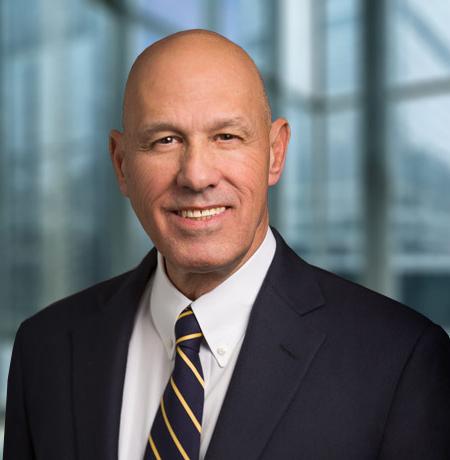We have known for years that a person’s zip code has more to do with health and life expectancy than any other factor.
A look at just one city illustrates this situation in profound and disturbing terms. In the affluent Chicago Loop, the diabetes rate is 2%. In poverty-stricken South Chicago, it’s 26%. In the Edison Park neighborhood, the asthma hospitalization rate is 3%. In West Englewood, it’s 73%. And most disturbing of all, in the desirable neighborhood of Streeterville, life expectancy is 90 years, while 10 miles away in struggling Englewood, life expectancy is 60 years.
Not surprisingly, the populations in neighborhoods with better health and longer life expectancy tend to be predominantly White, while the populations in neighborhoods with worse health and shorter life expectancy tend to be predominantly people of color.
Nationwide, the demographic data have long told a story of racial disparities in quality of care and in rates of morbidity and mortality from cancers, heart disease, and maternal and child health. These health disparities take a toll every day throughout the country.
When these disparities are combined with a major health epidemic like COVID-19, the results are especially discriminating and jarring. Three times more Blacks and Latinos than Whites have been diagnosed with COVID-19—this applies in communities of all types, and all across the country. And Blacks have died from COVID at more than four times the rate as Whites among ages 75 to 84 and more than two times the rate as Whites ages 85 and older.
Now the Black Lives Matter movement has put an even brighter light on society’s structural racism—a condition that has long contributed to racial disparities in health and healthcare. In 2002, the Institute of Medicine released a report titled “Unequal Treatment” that found, “bias, prejudice, and stereotyping on the part of healthcare providers may contribute to differences in care.”
On one level, changing this deeply embedded dynamic requires a new structure and approach to managing healthcare in America’s most disadvantaged communities. What is actually required: a robust ambulatory care network, a care management system that targets specific conditions and populations with a coordinated approach to health promotion and health care, and resources to address environmental factors and other social determinants of health such as food, adequate housing, and air quality. However, ending racial disparities in healthcare is not just a function of resources and strategy. Equally important is a change in awareness, beliefs, and behaviors. Just as society as a whole is coming to grips with structural racism, the nation’s entire healthcare system must confront its own biases and how those biases affect all aspects of care from access to diagnosis to treatment.
Whatever effort has been made to date to assure racial equity within our healthcare system has clearly not been sufficient. To make good on the promise to deliver the same access and quality of care to all citizens, America’s healthcare system must make racial equity part of its day-to-day DNA. And to accomplish that new systemic DNA, the entire system of care requires more people of color in leadership positions. This includes at the board of directors level, in the C-suite, at the bedside, inside critical governmental agencies, and throughout associations and professional service organizations.
I strongly suspect that many healthcare organizations of all stripes and types are currently moving to address issues of racial equity by giving the entire problem greater visibility and impact within their organizations’ strategic plans. But we all know that the intent and emphasis of strategic plans tend to ebb and flow over time. What is critical in one year may be much less important in the next.








